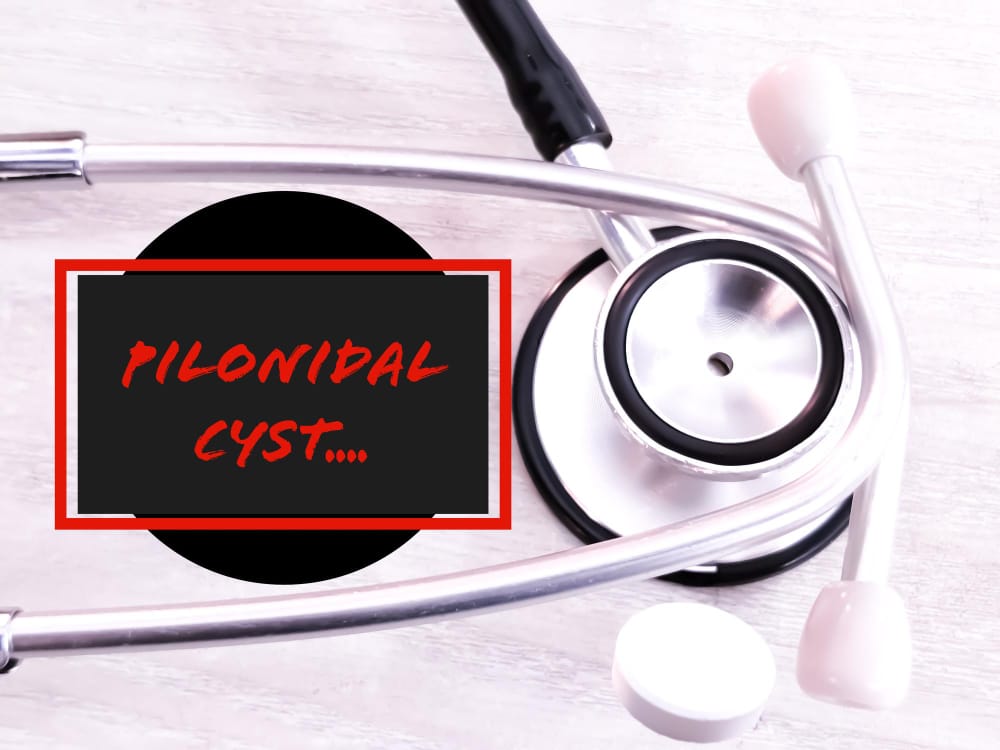Both pilonidal sinus and pilonidal cysts occur in the cleft between the buttocks and involve debris, hair, and infection. However, there are some key differences between the two conditions in terms of anatomy, symptoms, and appropriate treatment. So, let’s find out the key difference between a pilonidal sinus and a pilonidal cyst.
Understanding the distinction can help guide appropriate diagnosis and management.
Difference Between A Pilonidal Sinus And A Pilonidal Cyst: Overview
- The sinus is an open tunnel, and the cyst is an enclosed sac.
- Sinus causes drainage; cyst causes a lump/abscess.
- The sinus requires opening up; the cyst requires complete removal.
- Both involve hair, and debris penetrating skin in the buttocks cleft.
- Proper diagnosis is needed to determine optimal treatment.

What Is A Pilonidal Sinus?
- A small tunnel or hole in the skin surface near the tailbone.
- This leads to a cavity under the skin that can fill with pus.
- Caused by hair and debris puncturing the skin.
What Is A Pilonidal Cyst?
- An enclosed fluid-filled sac or pocket under the skin.
- Contains hair, skin debris, and other contents.
- Formed when loose hairs pierce the skin and cause infection.
What Are The Symptoms?
- SinusDrainage of fluid/pus, pain, swelling at opening.
- CystLarger swollen area, abscess, pain, fever if infected.
How Are They Diagnosed?
- Examination of the cleft for openings, swelling, and discharge.
- Imaging like MRI or ultrasound to visualize tunnels or pockets.
How Are They Treated?
- SinusOpening/unroofing, antibiotics if infected.
- CystIncision and drainage, removal of cyst lining.
Final Note From Dr. Rajarshi Mitra
Proper identification and management can help resolve symptoms and prevent recurrence.
I am available to guide you through the entire diagnosis and treatment process.

















